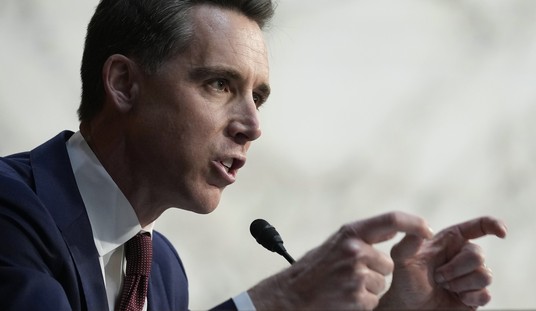Hospitals are dangerous places to be. At least if you are a patient. My colleagues Biff Jones and Pam Villarreal and I estimate that as many as 187,000 patients die every year for some reason other than the medical condition which caused them to seek care. We also estimate there are 6.1 million injuries caused by the health care system, including hospital acquired infections that afflict one in every 20 hospital patients.
We estimate the economic cost of this loss of life and limb at between $393 billion and $958 billion in 2006 dollars. These amounts are equal to between 18% and 45% of all health care spending.
Roughly speaking, every time the health care system spends a dollar healing us, it causes up to 45 cents worth of harm. Of course, the system also does a lot of good. In fact the good is many, many times greater than the harm. Still, the cost of adverse medical events is so huge we would be foolish not to try to find ways to make it smaller.
Readers may wonder whether our study exaggerates the real size of the problem. If anything our results are conservative. For example, we estimate that the odds of a patient dying for some reason other than the medical condition which caused the patient to seek care in the first place is as high as one in 200. A study using newer data places those odds at one in 100.
To put those numbers in prospective, consider that a rule of thumb for many federal regulatory agencies is that any chance of death lower than one in one million is unacceptable. If we regulated hospitals the way we regulate the environment or consumer products we would have to close every hospital in America.
Moreover, using a more liberal definition of "injury," including bruises from falling down, as many as one-third of hospital patients are encountering adverse health events.
Our traditional method for dealing with this problem is through malpractice litigation. Yet, only about one-fourth of adverse medical events involve actual malpractice. Even in these cases, the system is highly imperfect. Only 2% of victims ever file a lawsuit and even fewer receive any compensation. Also, more than half of all the money spent on malpractice litigation goes to someone other than the victims and their families.
Recommended
Moreover, in forcing providers to focus on malpractice, we are encouraging them to do things that may make the overall problem much worse. To protect themselves from lawsuits, for example, doctors may order more blood tests and other procedures. But if those tests have potential adverse side effects, the risk to the patient may go up even as the risk of malpractice lawsuits goes down.
Fortunately, there is a better way. For the money we are now spending on a wasteful, dysfunctional malpractice system, we could afford to give the families $200,000 for every hospital-caused death. We could give every injury victim an average of $20,000 — with the actual amount varying, depending on the severity of the harm.
How exactly could this work? We propose to allow patients a voluntary, contractual, no-fault alternative to the malpractice system. In return for forgoing their common law rights to litigate at the time of entry into the health care system, patients could be assured that if anything goes wrong they get a check — without lawyers, without depositions, without judges and juries — no questions asked.
Further, if patients want to pay additional premium and top up their compensation — doubling or quadrupling the amount — they would have that option as well.
Providers would soon realize that every time they avoid an adverse death, they save $200,000. They would come to view every life as equally valuable — whether potential cause of harm is negligence, preventable procedures not taken, or simply an "act of God."
To pay off the claims, hospitals would purchase insurance just as they purchase malpractice insurance today. In this way insurers would become the monitors of hospital quality and through their premium charges they would reward and punish doctors and hospitals, based on their experience. Those with higher adverse event rates would pay more. Those with lower rates would pay less.
This proposal would take quality-of-care issues out of the hands of the legal system and put it in the hands of people who are best able to do something about it.























Join the conversation as a VIP Member